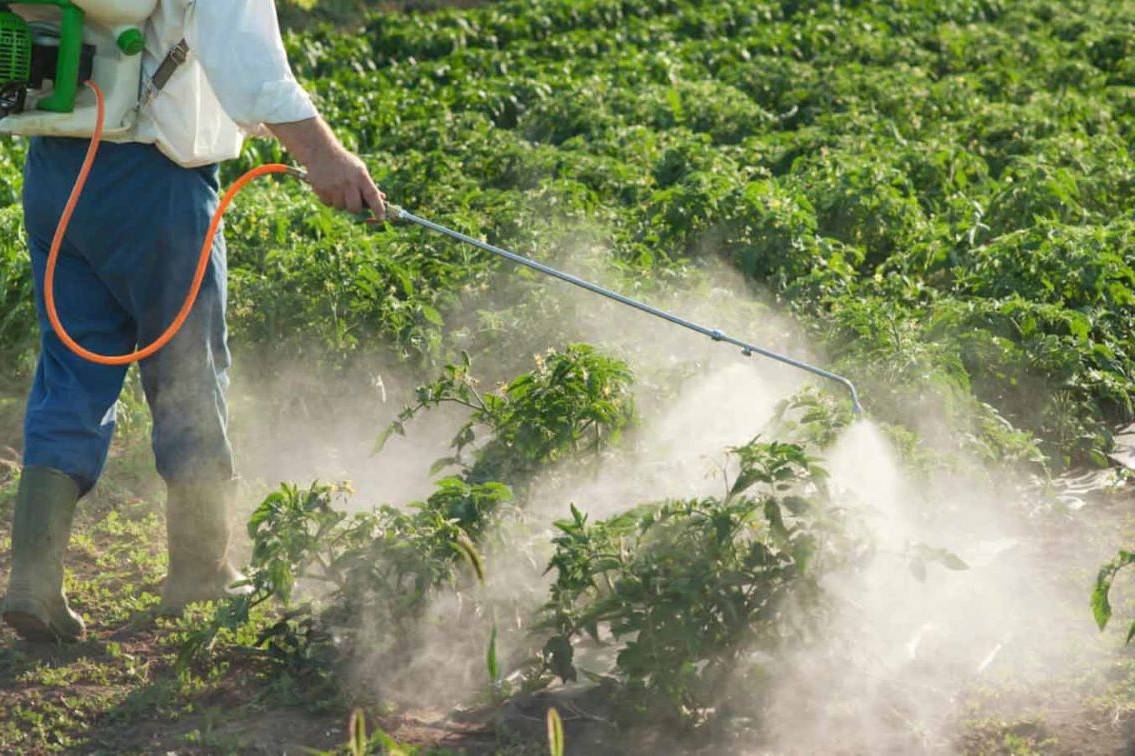
Nonetheless, the government has abandoned a plan to require farmers to pay market rates for nutrients before receiving subsidies in their bank accounts. Before launching the pilot projects, states must have digital land records, crop surveys, soil health card coverage, and procedures for official and informal tenancy in landing holdings.
According to Arun Singhal, secretary, Department of Fertilizers, "the quota of heavily subsidized fertilizers to be sold to farmers will be decided based on their land records. The goal is to encourage the wise use of soil nutrients. Any volume in excess of the fixed allotment requires farmers to purchase fertilizer from the market rate."
Seven states, including Karnataka, Assam, Uttar Pradesh, Delhi, and Maharashtra, have expressed interest in trial projects in one district each. Among the three explicit subsidies financed by the Budget, the one on oil has practically been eliminated, although the food subsidy is statutory, according to the National Food Security Act.
Fertilizer subsidies are subject to dramatic changes because a significant portion of the nutrients and feedstock are imported. Due to increasing worldwide costs caused by the Ukrainian war, the fertiliser subsidy in 2022-23 has reached a new high of Rs 2.53 trillion. The regulation of fertiliser subsidies is critical to the aim to reduce revenue expenditure and find additional resources for capital investments.
The amount of subsidized fertilizers to be sold will be updated on an integrated fertilizer management system administered by the department of fertilizers based on information provided by farmers on land holdings. Farmers' quota data will be sent to point of sale (PoS) machines installed at fertiliser retail outlets. The proposal of direct cash transfer was rejected because it would require farmers to spend a significant amount upfront for fertilizers before the actual subsidy amount was transferred to their bank accounts.
"The subsidy component of the fertilizers offered is quite substantial, while farmers' ability to acquire fertilizers at market rates is limited," Singhal explained. The improved DBT will be applied across the country based on the results of the pilots.
Since March 2018, 0.26 million point-of-sale (PoS) devices have been deployed at outlets to sell all subsidised fertiliser to farmers or purchasers. Aadhaar numbers, Kisan Credit Cards, and other documentation are used to identify beneficiaries. Fertilizer subsidies have been distributed to businesses based on store sales to farmers.
In the instance of urea, farmers pay a set price of Rs 242 per bag (45 kg) vs a production cost of roughly Rs 2,650 per bag. The government pays the difference as a subsidy to fertilizer producers. Retail phosphatic and potassium (P&K) fertilizer costs, including diammonium phosphate (DAP) were 'decontrolled' in 2020 with the implementation of a 'fixed-subsidy' regime as part of the government's Nutrient Based Subsidy mechanism, which was declared twice a year.
Due of rising worldwide prices, the fertilizer subsidy is expected to reach a new high of Rs 2.53 trillion in 2022-23. It would be the third year in a row that the annual Budget spending on fertilizers will exceed Rs 1 trillion, compared to a smaller range of Rs 70,000 - 80,000 crore in previous years. Imports contribute for almost one-third of domestic soil nutrient usage, which totals around 65 million tonne per year.
The country imports around half of its DAP requirements and approximately 25% of its urea requirements. The domestic need for muriate of potash (MoP) is entirely fulfilled by imports (from Belarus, Canada and Jordan, etc).
















